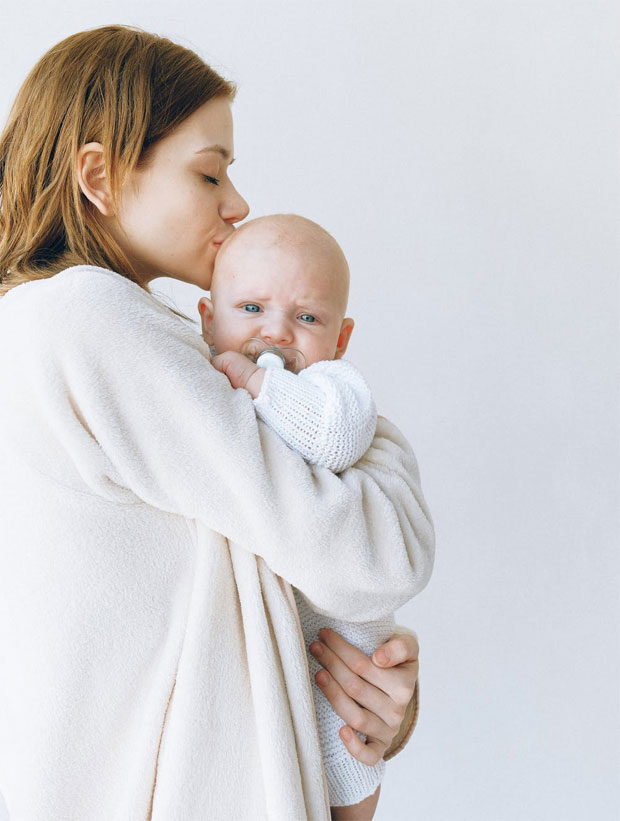Essential Tips on Cleaning Baby Products
Essential Tips on Cleaning Baby Products
Germs are easily spread when it comes to children. On average, children in daycare get infections 12-14 times per year, including 6-8 upper respiratory infections and 2-3 gastrointestinal infections. While this may be unavoidable, cleaning your baby products will help lower the risks of picking up illnesses in your own home. Here, alongside Babythingz, a leading supplier of double buggies, we look at how to best clean your child’s day-to-day equipment.
- Toys
Many seem to think wooden toys are more hygienic. However, they still need to be thoroughly cleaned and disinfected to ensure minimal risk of infection. Natural wood will warp and become rough if you submerge it in water, so it’s certainly best to avoid cleaning your wooden toys in this fashion. To rid your child’s wooden toys of germs, wipe them with a clean and lint-free cloth that has either been dipped in a mix of distilled white vinegar and water, or mild soapy water. You can remove any residue by going over with a towel that has been dampened by plain water.
If your child has a lot of plastic toys, you should use hot, soapy water. If you are sure that there are no batteries, fabric, or buttons and the object is water tight, you could also run them through your dishwasher if you have one. However, you must be sure to put it on a gentle cycle so not to destroy your baby’s favourite play thing.
For knitted toys, use a baby wipe to remove any dirt. If they don’t have any easily damaged sections, such as battery packs, you can also put them on a light and quick cycle in your washing machine. If you do so, ensure you put the fabric toys in a pillow case for no longer than 15 minutes on a medium heat.
For metal toys, such as trains, and trucks, will more than likely have rubber wheels. This means the dishwasher is a no-go zone to clean them as it may break the material. Use a light mix of vinegar and water and wipe them down before allowing them to air-dry.
Even though it’s not recommended to go too ‘clean-happy’ as germs can also strengthen your child’s immune system, you should clean them once you begin to notice them becoming grubby, or if your child is recovering from an illness. If you carry them in your everyday bag alongside nappies etc, clean them weekly to avoid germs spreading. This should be the case even if the toy hasn’t been used for a while.
- Bottles
A lot of baby bottles have a sterilizer kit you can use to make sure they’re hygienic. However, these can come at a cost, so you may prefer to do it the old-fashioned way. When it comes to preparing your baby’s bottle, you need to make sure that the bottle itself is free of germs. Not using a fully-cleansed bottle can cause implications for your baby’s health — remember their immune system isn’t fully developed, so it’s a real possibility that they can develop food poisoning if their bottles aren’t correctly cleaned.
If washing by hand, you should never clean the bottle in your sink. It’s recommended that you fill a clean basin or container with hot, soapy water. Use a clean brush and rotate it inside the bottle until all grime is gone. Once you have done so, wash away all the suds by running clean water through the bottle. The same goes with the nipple and caps. However, these can often have food lingering behind and be harder to get into each crevice. Be sure to give them a thorough clean and remove all debris.
Some bottles will be suitable for putting in the dishwasher. If this is the case, separate all the parts of the bottle and rinse well before placing them in the machine. For the smaller items, it’s advised to place them into a closed-top basket to avoid them ending up in the dishwasher’s filter.
For babies under three months old, or babies born prematurely, washed bottles will also need fully sterilizing. Doing so will ensure extra protection. There are many baby-friendly sanitizers available, so it’s best to research which best suits you and your child.
- Chairs
It’s important to wipe down your child’s high chair after each use. It doesn’t matter if you’re spoon feeding them or letting them attempt to self-feed, there’s bound to be residue. However, sometimes, a simple wipe just won’t suffice. Leaving the chair uncleaned can result in caked-on crud and grimy straps. You can avoid this by keeping on top of the cleaning by wiping down after each use before things dry on. While high chairs come in different shapes and sizes, the cleaning regime remains similar — and is indeed similar to washing your child’s favourite toys, as previously mentioned.
Tasks should include removing loose crumbs, wiping the chair clean of any remaining food particles and sanitizing the eating surface. Vinegar is a great baby friendly option to use to clean a high chair. Each week you should also remove the chair to clean the space beneath as there are likely to be rogue crumbs. Finally, at least once a month you should undergo a deep clean of your child’s chair. This includes disassembling the high chair (like removing the tray), thoroughly cleaning any cushions and straps and scrubbing it all to ensure no germs remain.
So of course kids will get dirty. The older the get, the dirtier occasions you’ll come across. However, in their early months and years, it’s vital you keep their equipment as clean and sanitized as possible to avoid unnecessary illness caused by germs. Following the above advice will have you well on the way to a clean and happy space.
Sources
- https://www.fatherly.com/health-science/often-toddler-will-get-sick-daycare-fight/
- https://www.fisher-price.com/en_US/parenting-articles/playtime-and-toys/the-best-way-to-clean-baby-toys
- https://www.eatright.org/health/pregnancy/breast-feeding/baby-bottle-basics
- https://momlovesbest.com/feeding/high-chairs/how-to-clean-high-chair
Guest Article.









